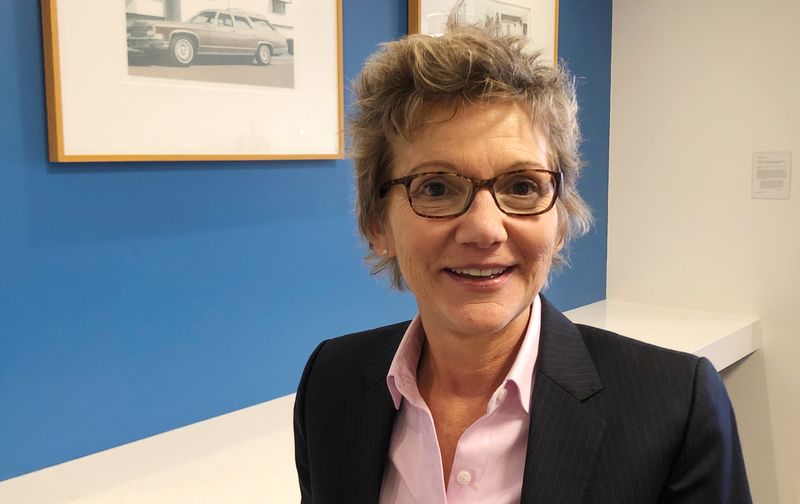By Ann Saphir
(Reuters) -Federal Reserve officials on Thursday indicated little concern that the recent rise in U.S. Treasury yields could imperil a "soft landing" for the economy, and said it could actually help the central bank in its fight against inflation.
The Fed held its benchmark overnight interest rate steady in the 5.25%-5.50% range last month, but signaled that one more quarter-percentage-point hike would likely be needed before the end of this year to cement inflation's downward path, and that the policy rate would probably end next year above 5%.
In the weeks since the Sept. 19-20 meeting, long-term borrowing rates have risen sharply in a move that Fed policymakers and some analysts say shows markets are buying into the central bank's "higher-for-longer" rate projections.
The yield on the benchmark 10-year Treasury note hit a 16-year high of 4.8% earlier this week, up from around 4.4% when Fed policymakers met last month.
"If we continue to see a cooling labor market and inflation heading back to our target, we can hold interest rates steady and let the effects of policy continue to work," San Francisco Fed President Mary Daly told the Economic Club of New York.
And with long-term rates up, she added, "the need for us to take further action is diminished because financial markets are already moving in that direction and they've done the work. We don't need to do it more."
Higher long-term borrowing costs discourage hiring and investment and slow the economy, easing inflation pressures. The rise in U.S. bond yields, while steep, has not been disorderly, Daly said, adding "so far, so good."
Chicago Fed President Austan Goolsbee had a similar view, saying that while the timing of the increase in bond yields was sudden, the upward move itself "is not a puzzle."
Speaking on a Bloomberg podcast that was recorded on Tuesday and aired on Thursday, Goolsbee said, "it's clear that the long rates coming up is what you'd expect" when recession fears that were prevalent earlier this year have abated.
The Fed's tightening - it has lifted the policy rate by 5.25 percentage points since March 2022 - has helped bring inflation down from a 40-year high last summer without the surge in unemployment that usually accompanies such a trajectory.
And banking sector stress that erupted with the failure of California-based Silicon Valley Bank seven months ago did not create a credit crunch or send the economy into a tailspin, as Goolsbee and other Fed policymakers initially had feared.
"On the real side I feel like nothing has happened so far that is convincing evidence that we are off the golden path" where inflation heads toward the Fed's 2% goal without a recession, Goolsbee said.
Inflation by the Fed's preferred gauge was 3.5% in August, about half its peak from last year, while unemployment was 3.8% in August, compared with 3.7% a year earlier.
OPTIONALITY
Should the rise in long-term yields trigger a surge in unemployment or sharp slowdown in economic activity, the Fed will react, Goolsbee said.
"We absolutely monitor that and are thinking about that, and that could be a blow to either the financial or the real economy," he noted.
Right now, Goolsbee added, "all eyes are on getting inflation down."
Daly added caveats on the other side.

"If the deceleration of growth and inflation stall, activity begins to reaccelerate, or financial conditions reverse some of this tightening and loosen too much, well, we can react to those data and raise rates further until we are confident that monetary policy is sufficiently restrictive to complete the job," she said.
"We need to keep an open mind and have optionality."